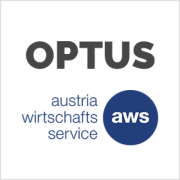OPTUS Demonstrator
Impact Optimization for US Corporations & Federal Agencies (OPTUS)
Funded by the Austrian Promotional Bank (aws), the OPTUS project developed a demonstrator that helps US corporations and Federal Agencies to increase the impact of their digital communication activities through data-driven content targeting and redistribution. This impact can be measured in terms of (i) awareness and engagement metrics, (ii) assessments of whether the desired positioning has been achieved, and (iii) other Key Performance Indicators (KPIs) such as sales numbers per region, customer retention, etc.
Goals and Motivation
The goal of OPTUS is not only to identify and reach new audiences, but also to get a more nuanced understanding of what drives the public debate and how products and services are being perceived. This has been achieved by leveraging and advancing state-of-the-art visual analytics, AI-based prediction, and opinion mining technologies from leading European R&D projects, coupled with insights into the requirements of large organizations obtained from international reference projects for Ketchum, the U.S. Department of Commerce (NOAA Climate.gov), and the United Nations Environment Programme (UNEP).
| Do you want to learn more about the OPTUS Demonstrator and our other showcases? We invite you to subscribe to our quarterly newsletter or get in touch for a test account and customized offer. |
OPTUS Innovation
OPTUS developed scalable, AI-driven methods to support content creation, visual analysis and impact optimization. The demonstrator includes a granular, metadata-enriched knowledge hub that semantically integrated cross-lingual content from national and regional news outlets, the Web sites of US counties, cities and municipalities as well as other relevant stakeholders.
Tailored to the needs of these stakeholders, the developed methods help enrich digital content and optimize the wording of online publications. As a result, these publications become more visible to the public and better aligned with the organizational requirements of the content owners. Automated contextualization matches an organization’s own content assets with third-party resources and identifies opportunities to promote them in related online discussions.



